Home > Dera Rawatsar, Jaipur > Attractions
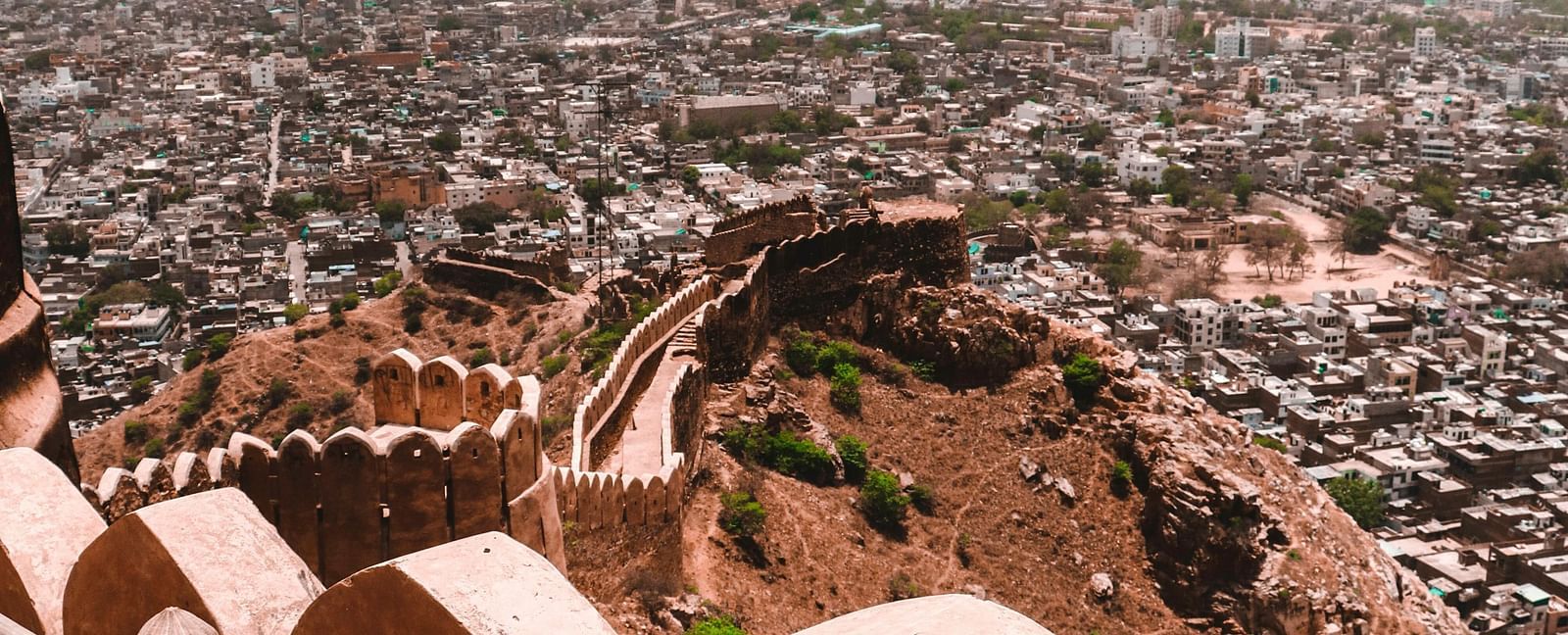
MUST-VISIT ATTRACTIONS IN THE PINK CITY
Discover the Top Places to See in Jaipur
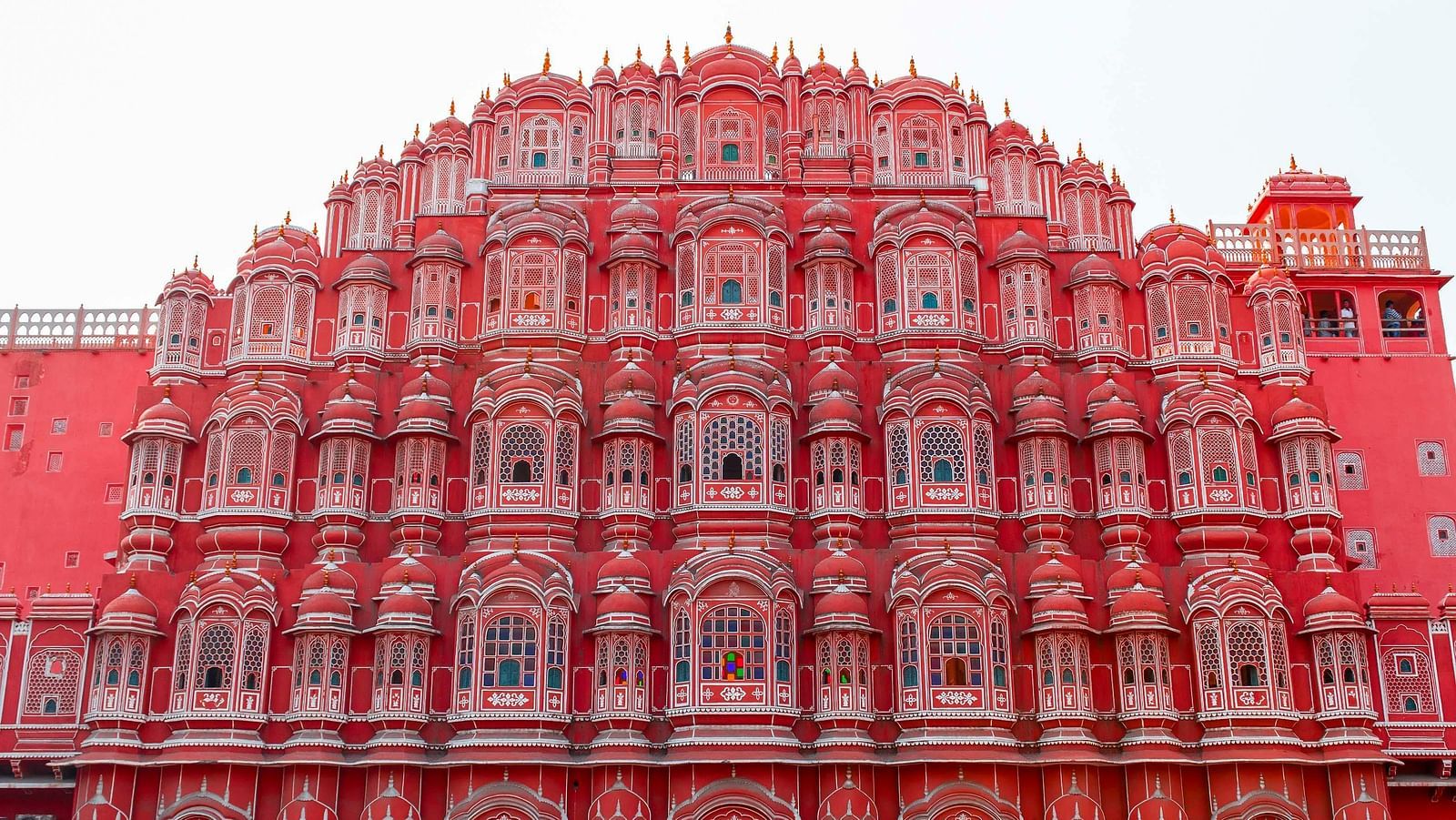
Hawa Mahal
Hawa Mahal, meaning the 'Palace of Winds', was built in 1799 by Maharaja Sawai Pratap Singh and designed by Lal Chand Ustad. This five-storey structure is made from red and pink sandstone and is one of Jaipur’s most recognisable landmarks. It was constructed as an extension of the City Palace to allow royal women to observe street festivities and daily life without being seen, following the purdah system. The façade features 953 small windows, or jharokhas, adorned with intricate latticework, enabling cool air to circulate and keeping the interiors ventilated. Unlike traditional palaces, Hawa Mahal has no foundation and leans slightly forward due to its curved design. The top floors are accessible via ramps instead of stairs. The palace offers stunning views of the Jantar Mantar and the City Palace from its upper levels.
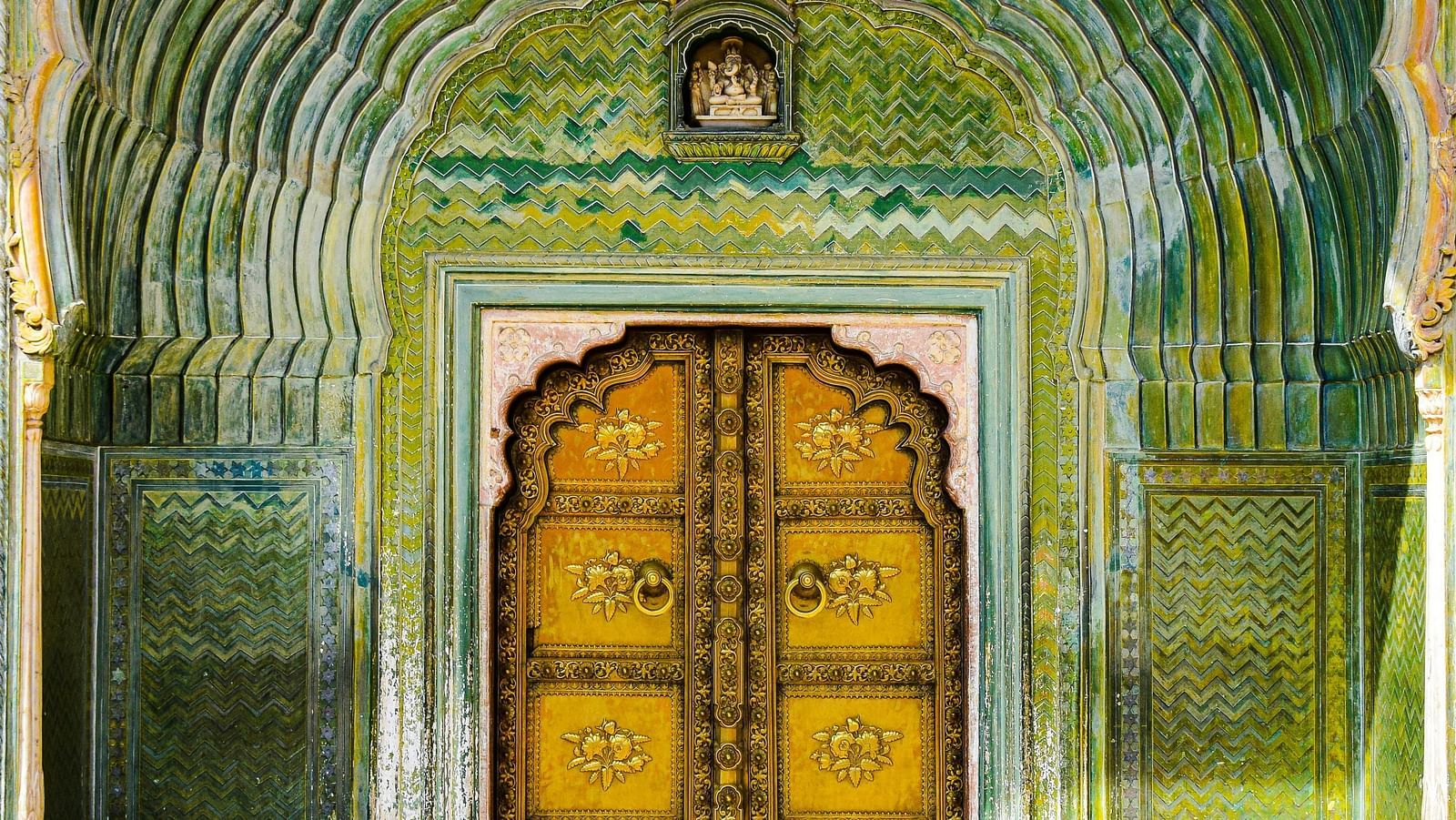
City Palace
The City Palace of Jaipur, built between 1727 and 1732 by Maharaja Sawai Jai Singh II, was the administrative and residential seat of the royal family of Jaipur. Located in the heart of the Pink City, it showcases a blend of Rajput, Mughal, and European architectural styles. The complex consists of several grand courtyards, gardens, and buildings, including Mubarak Mahal (a textile museum showcasing royal garments), Chandra Mahal (a seven-storey palace, with the upper floors still occupied by the royal family), Diwan-i-Khas (featuring two massive silver urns, the world’s largest silver objects), and Diwan-i-Aam (once used for public audiences). The palace houses a museum with historical artefacts, including paintings, manuscripts, and weapons. A portion of the palace is privately owned by the royal family, while the rest is open to visitors.
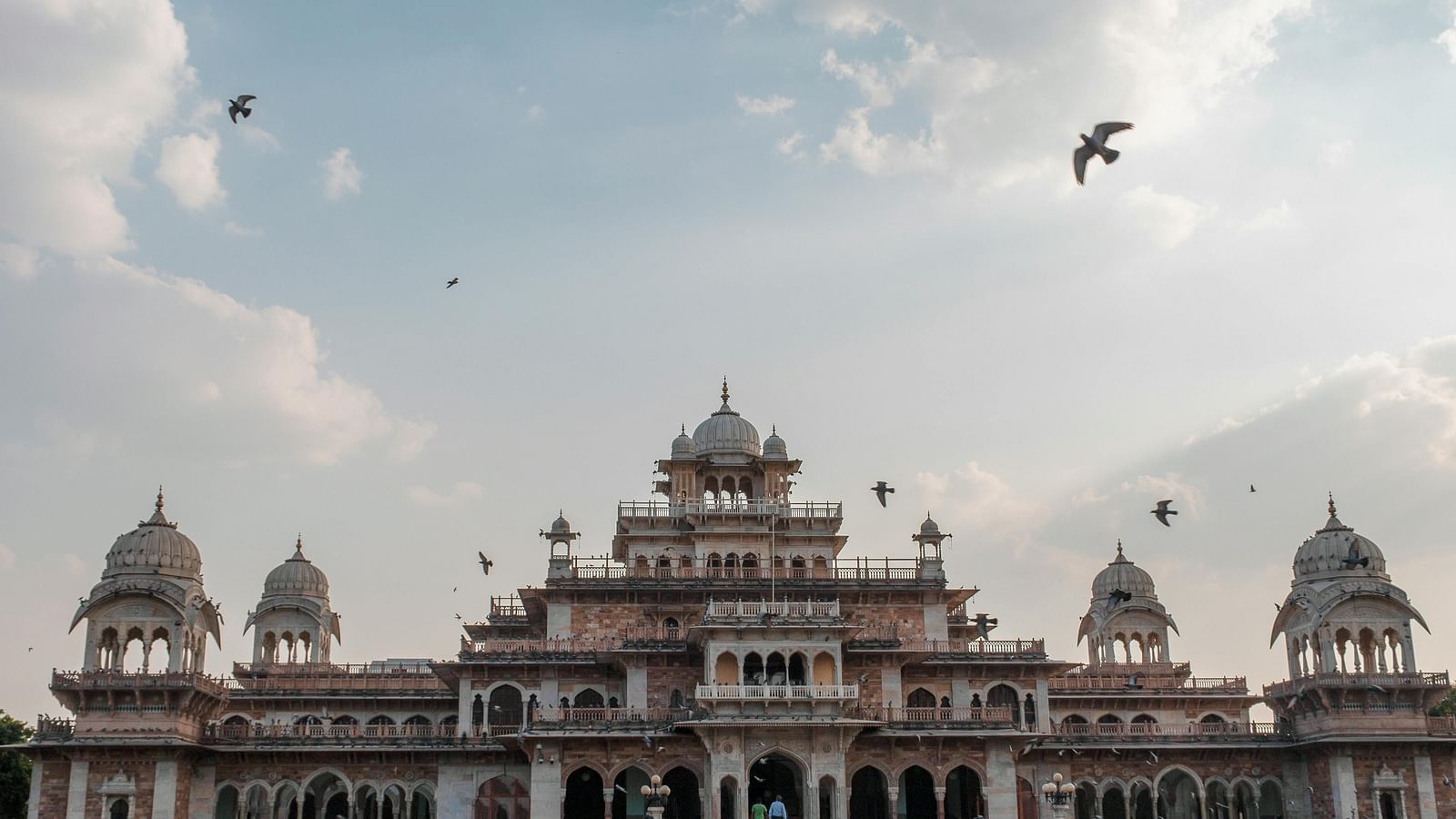
Albert Hall Museum
The Albert Hall Museum, the oldest museum in Rajasthan, was commissioned by Maharaja Sawai Ram Singh II and completed in 1887 under Maharaja Sawai Madho Singh II. Designed by British architect Sir Samuel Swinton Jacob, it features an Indo-Saracenic architectural style, with domes and elaborate carvings. Originally planned as a town hall, it was later converted into a museum to display the region’s rich history and craftsmanship. The museum's collection includes miniature paintings, metalwork, musical instruments, carpets, sculptures, pottery, and ivory artefacts. A notable highlight is an Egyptian mummy, brought from Cairo in the 19th century, making it one of the few mummies displayed in India. The museum is located in Ram Niwas Garden and is beautifully illuminated at night.

Amber Fort
Amber Fort, a UNESCO-listed marvel, is one of Jaipur’s most iconic landmarks. Built in 1592 by Raja Man Singh I, it showcases Rajput and Mughal architecture, featuring grand gateways, intricate carvings, and stunning courtyards. The Sheesh Mahal, or Mirror Palace, is a highlight, adorned with thousands of mirrors that reflect even the faintest light. Perched on a hill, the fort offers breathtaking views of Maota Lake and the surrounding landscape. Visitors can reach the fort via an uphill walk, jeep ride, or a traditional elephant ride. Historically, it served as a royal residence and a stronghold, with hidden passages connecting it to Jaigarh Fort. The evening sound and light show narrates its rich history. With its artistic splendour and historical significance, Amber Fort remains a must-visit attraction in Jaipur.

Nahargarh Fort
Nahargarh Fort, built in 1734 by Maharaja Sawai Jai Singh II, was originally intended as a retreat rather than a defensive fortification. Overlooking Jaipur from the rugged Aravalli Hills, it offers spectacular panoramic views, especially at sunset. The fort's name, meaning 'abode of tigers', is linked to a local legend about the spirit of Nahar Singh, whose presence supposedly disrupted construction. The main attraction is Madhavendra Bhawan, a palace featuring intricately frescoed rooms designed for the king and his queens. The fort played a minor role in history, offering refuge to the British during the 1857 uprising. Today, it is a favourite spot for visitors seeking a peaceful escape, with a stepwell, a café, and scenic walking trails adding to its charm.
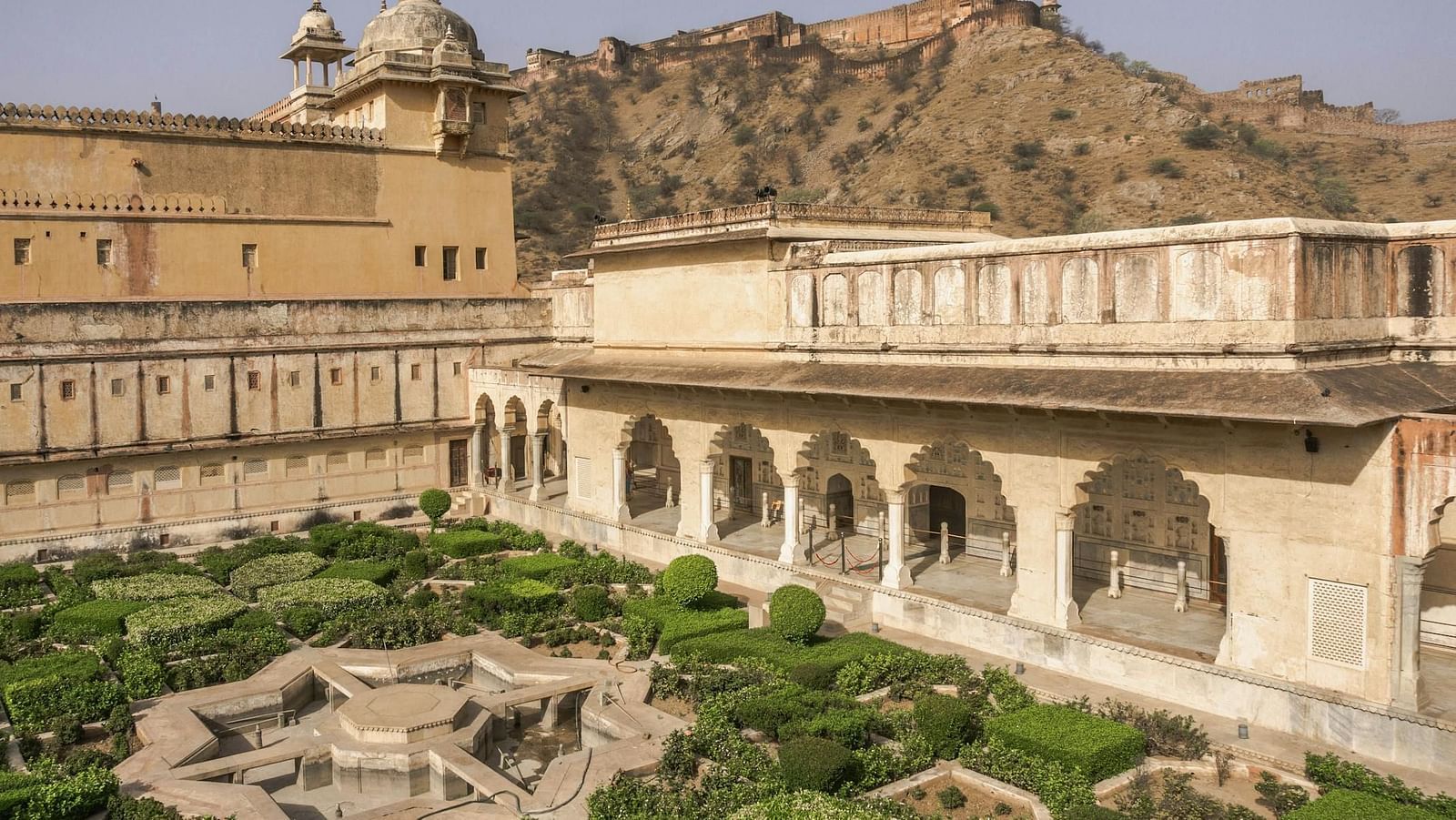
Jaigarh Fort
Jaigarh Fort, also known as the 'Fort of Victory', was built in 1726 by Maharaja Sawai Jai Singh II to safeguard Amber Fort. Unlike other forts in Jaipur, it was never conquered, making it one of the best-preserved military structures in Rajasthan. The fort is home to the world’s largest cannon on wheels, Jaivana, which, despite its immense size, was never fired in battle. Designed as a defensive stronghold, Jaigarh features massive walls, extensive water reservoirs, and an underground passage connecting it to Amber Fort. The fort’s armoury and museum showcase Rajput weaponry, artefacts, and the legacy of Jaipur’s military might. With its commanding hilltop location and sweeping views of the Aravalli range, Jaigarh remains a testament to Rajput engineering and strategic foresight.